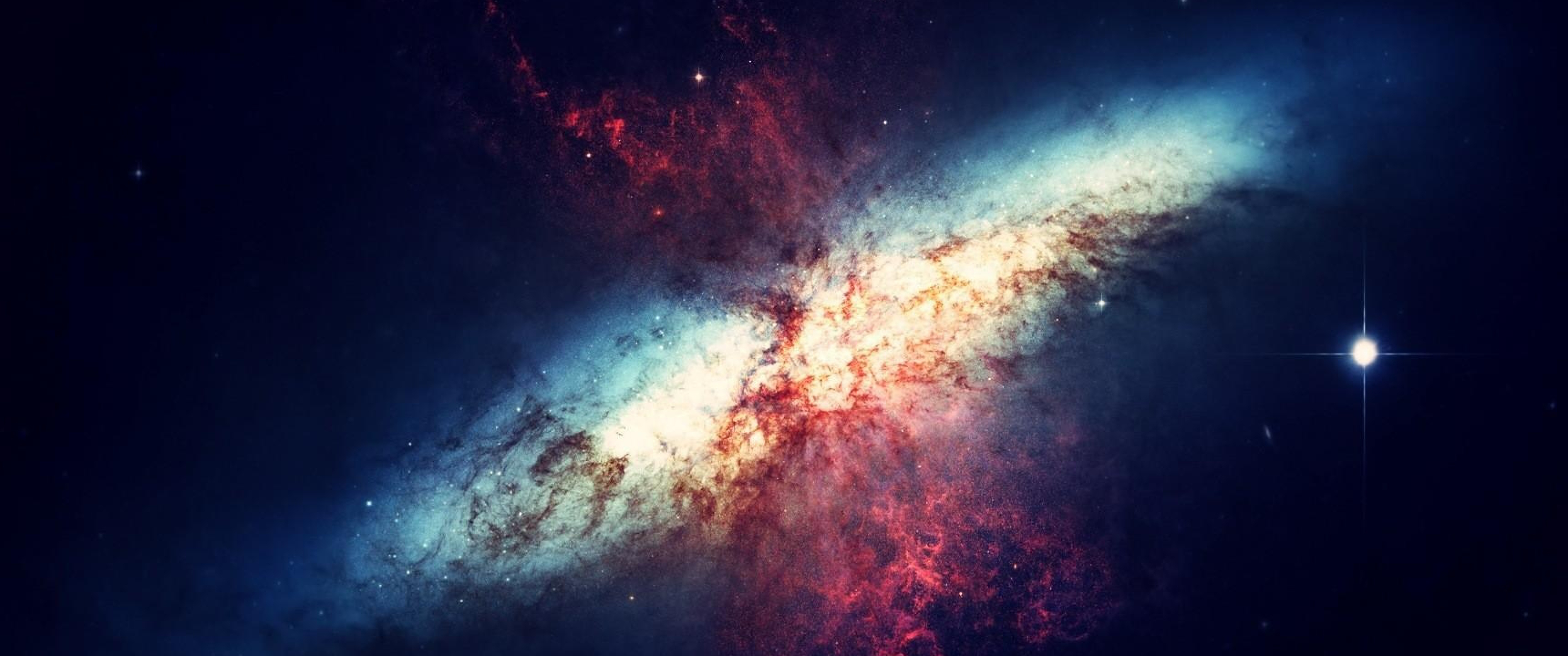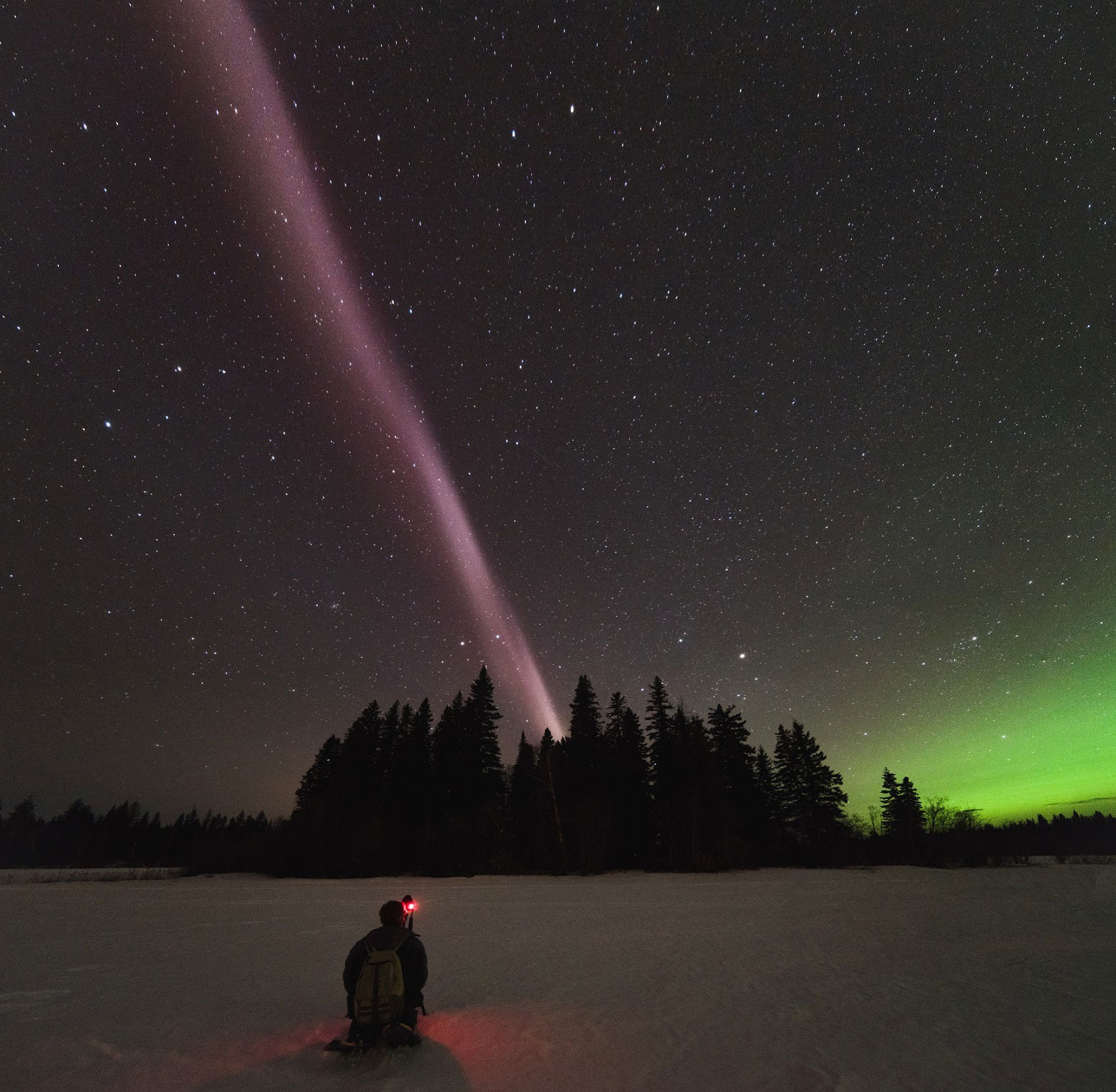

In this 30 second exposure, a meteor streaks across the sky during the annual Perseid meteor shower on Aug. Spring-Summer: Venus shines magnificently The umbra lifts back out into space at 5:54 GMT over the North Pacific Ocean, transitioning back to an annular eclipse, but only for a couple of minutes before the shadow slides completely off the Earth’s surface.Ī partial solar eclipse, caused by the far vaster penumbra that surrounds the umbra, begins an hour before, and ends an hour after the central (annular-total) eclipse, and can also be seen in varying extent over parts of the Indian and Pacific Oceans, all of Australia and Indonesia, a slice of Southeast Asia, the north half of New Zealand and a portion of Antarctica. Here, the sun will be totally eclipsed for 76.1 seconds at an altitude of 67 degrees, but the eclipse path is only 30 miles wide.Ĭontinuing northeast, it cuts through West Papua, New Guinea and then turns east, narrowly missing the tiny island of Kosrae of Micronesia. The point of greatest eclipse is attained in the Timor Sea, just south of Timor-Leste, in Southeast Asia. From Cape Range National Park, the sun is totally eclipsed for 63 seconds. From then on, the eclipse transitions to a total, as the umbra cuts into our planet the breadth of its path on the surface, and the duration of totality as seen within that path, grow.įirst landfall of the solar eclipse is in North West Cape, a peninsula in Western Australia. At that instant of crossover, a properly positioned ship or trawler sees the moon exactly covering the sun for an instant in a total solar eclipse. Then, at 02:38 GMT on April 20, the umbra tip hits the surface. As seen from the South Indian Ocean, approximately 270 miles west-northwest of the French Southern and Antarctic Lands, the moon does not quite cover the sun instead, a very fine – and rapidly narrowing ring of fire shows around the moon's outline. For the first minute or so it does not touch down and this first solar eclipse of 2023 starts off annular (ring-of-fire shaped) eclipse. The moon's distance at the time (233,582 miles) is such that the tip of the umbra merely scrapes the surface of the Earth. The dark shadow cone of the moon, called the umbra, sweeps northeast across Indonesia in a rare hybrid solar eclipse on April 20. Photographer Nafe Alamri sent in a photo of a hybrid solar eclipse taken from Al Qunfudhah, Saudi Arabia, at 5:29 pm local time on Nov.

March 28-April 18: Best time to see Mercury They'll call your attention in the west-southwest sky a half hour after sunset. Finally, like two ships passing in the evening twilight, Venus and Jupiter make their closest approach to each other on the evening of the March 1, side by side, a moon-width apart. 23, a crescent moon will glide past both planets – an eye-catching scene.
#Best space phenomena full
28, they'll be separated by the width of two full moons. If you hold your clenched fist out at arm's length, the two worlds are separated by three fists. 1, both planets are evident in the west-southwest sky. It will be most interesting to watch the gradual convergence of the two brightest planets, Venus and Jupiter, all through the month of February. Poole wrote: You can see Venus passing through the Hyades open star cluster with Jupiter and the Pleiades above that. Skywatcher Cory Poole captured this photo of Venus and Jupiter in Redding, California, on July 5, 2012.


 0 kommentar(er)
0 kommentar(er)
